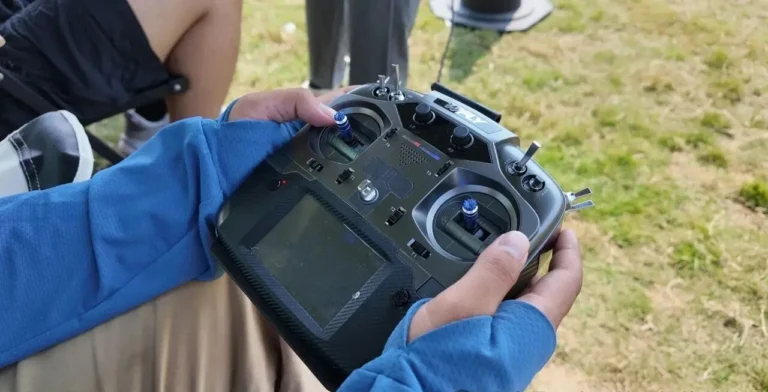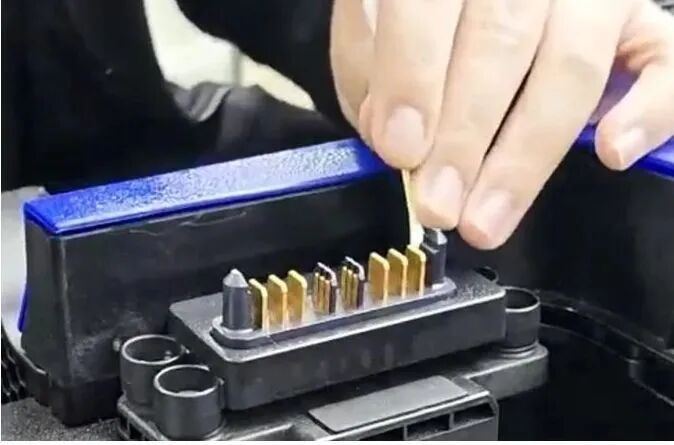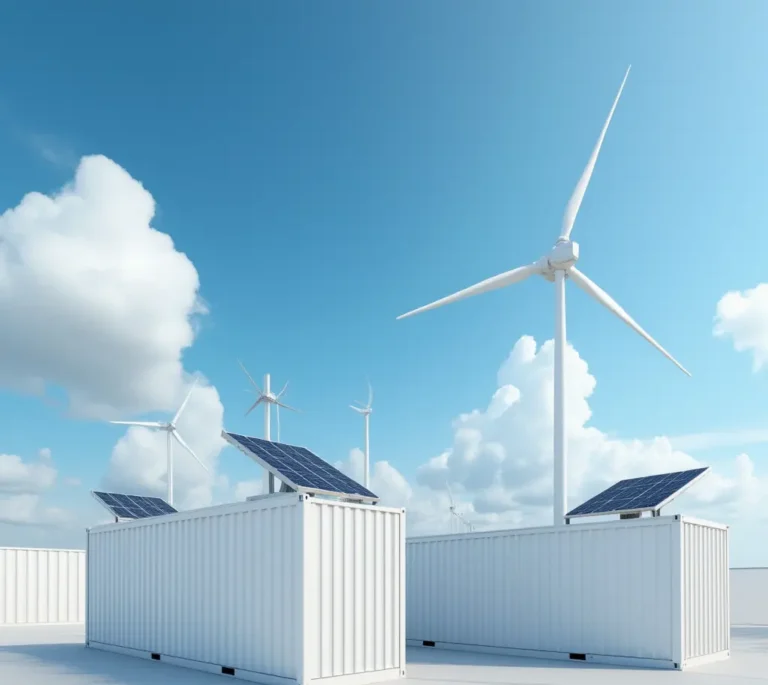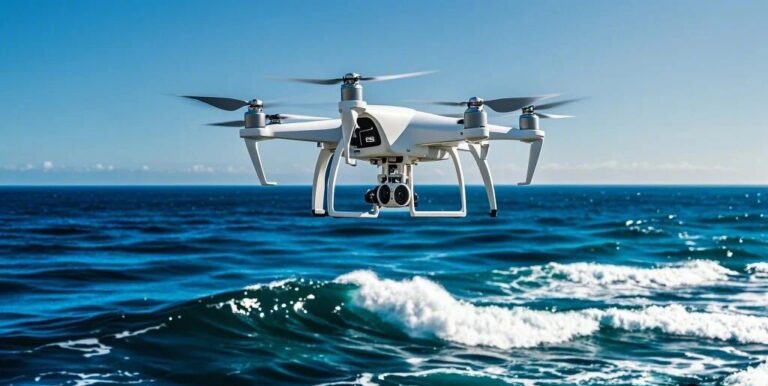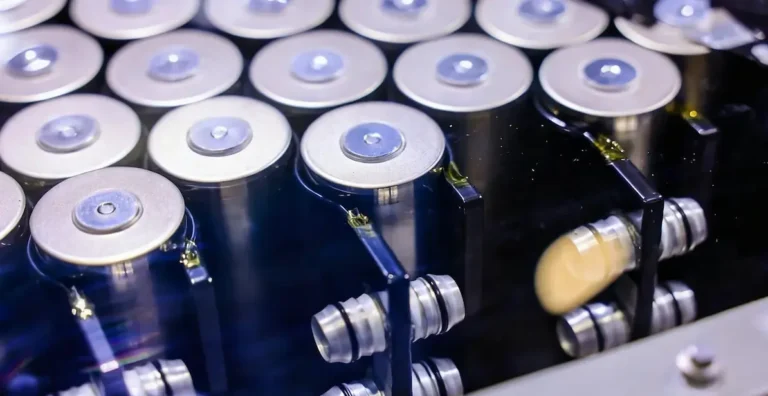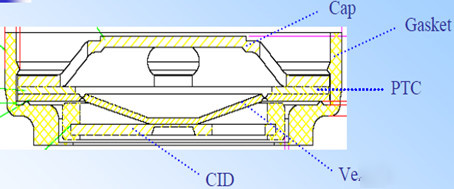Solid State Battery Technology China/Japan/Korea/U.S. Technology and Other Countries Begin Global Racing
I.Solid-state battery technology breakthrough frontier: materials innovation reshaping the performance boundary
1. Electrolyte Revolution: Super fluidic technology to crack the century-old problem.
Pfizer SF-Ceramion™:
The world’s first “super fluidic inorganic solid-state electrolyte”, combining solid-state high safety and liquid interface adaptability, with an ionic conductivity of 57 mS/cm at room temperature (5-6 times higher than that of a liquid electrolyte), and 12.82 mS/cm at a low temperature of -20°C.
Cracking the solid-solid interface impedance problem: nanofluidic technology cracks the problem of solid-solid interface impedance. Interfacial impedance problem: Nano-fluid layer makes electrolyte adaptive to electrode volume change, no external pressurized module is needed, and system energy density is increased by 15-20%.
Ningde Times dual route breakthrough:
sulfide all-solid state: 20Ah sample trial (the highest capacity in the industry), with an energy density of 500Wh/kg;
condensed state batteries: adapted to aircraft, has supported the test flight of 4-ton electric aircraft.
2. Solid-state battery anode/anode disruptive innovation
Ganfeng Lithium: mass production of 5μm ultra-thin lithium strips, solving the problem of dendrites, energy density of semi-solid-state batteries exceeded 500Wh/kg (loaded with Dongfeng Lantu).
Xiangtan Electrochemical Manganese Shield Armor Technology: solid electrolyte coated on the surface of lithium manganate, energy density of 280Wh/kg, cost 30% lower than lithium iron phosphate, subverting the performance ceiling of low-cost materials.
3. Breakthrough in mass production equipment: yield rate determines the life and death line of commercialization
Pilot Intelligence: the world’s only full-process equipment provider, coating precision ± 1μm (industry standard times), the all-solid-state battery yield from 35% to 82%, won the Toyota 1.2 billion orders.
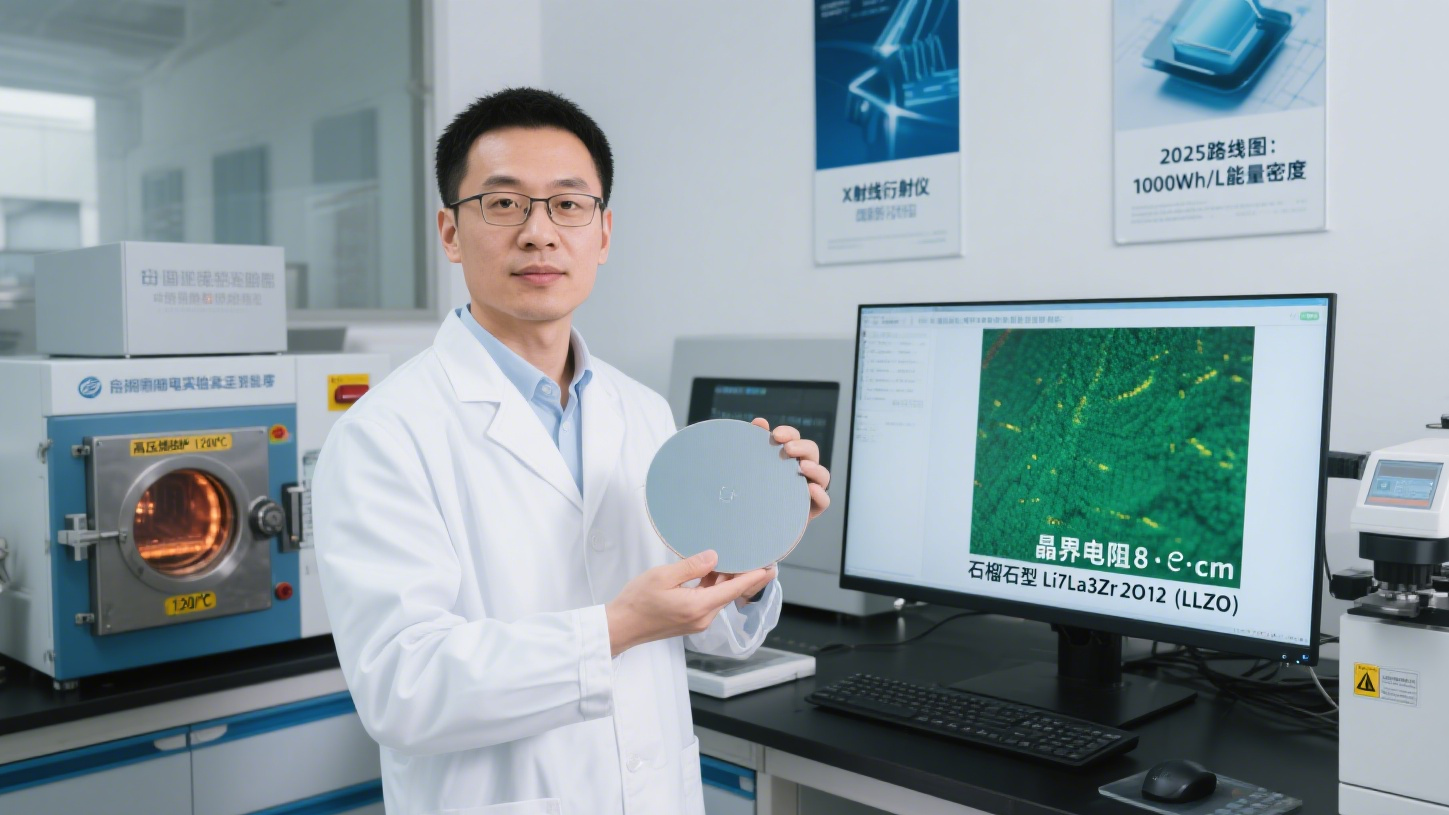
II. National strategy showdown: policy-driven technology positioning battle
1. China: top-level design + vertical integration of industry chain
Policy precision:
MIIT’s 6 billion yuan special fund focuses on sulfide electrolyte/lithium metal anode “necklace” link;
dominates the development of ISO/TC337 solid-state battery safety standards, raising the sulfide toxicity detection threshold by 1,000 times.
Industry cluster effect: Chongqing TaiLan New Energy 10GWh Industrial Park adopts “semi-solid state to raise full-solid state” mode, and the target cost of mass production in 2027 will be reduced by 40%. 2.
2. Japan: national system to defend the sulfide barrier
NEDO-led tens of billions of yen plan:
Toyota/Panasonic and other 23 companies + 15 universities, the goal of 2030 to achieve 400Wh/kg all-solid-state battery mass production;
Patent embargo: global solid-state battery patents accounted for 40% of the sulfide route of more than 1,300 items.
Technology crisis: Japanese enterprises market share from 75% in 2013 plummeted to 31% in 2016, all efforts to avoid a repeat of the “LCD tragedy.
3. South Korea: capital empowered enterprise charge
15.1 billion U.S. dollars of state-level investment: LG/SK/Samsung to build a pilot plant, the goal of 2030 to become “the world’s first solid-state battery commercialization country.
Tax leverage: 50% tax deduction for R&D equipment investment, stimulating enterprises to build local supply chain. 4.
4. United States: Civil-military integration breakthroughs
Battery 500 program: led by Pacific Northwest National Laboratory, focusing on sulfide routes;
National Blueprint for Lithium Batteries: DOE/DoD joint construction of local supply chains to avoid geopolitical risks.
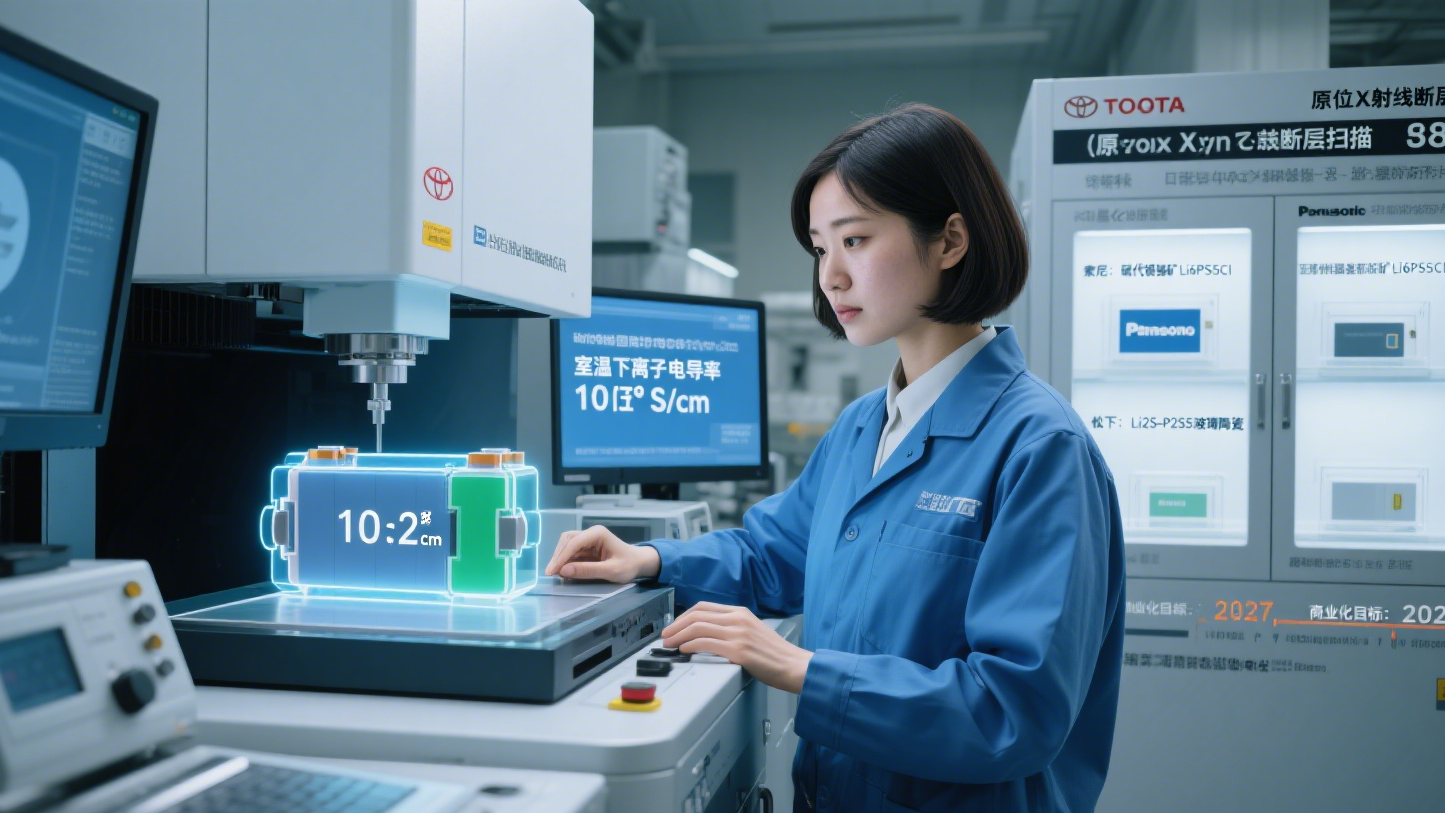
III. Industrialization process: global mass production tipping point in 2027
| country | representative company | mass production node | target parameters | application scenarios |
|---|---|---|---|---|
| China | Qingtao Energy | Production line completion by the end of 2025 | Energy density 406Wh/kg | SAIC’s high-end models |
| China | BYD | 2Small-scale production in 2027 | Cost reduction of 30% | Main passenger car models |
| Japan | Toyota-Idemitsu Kosan | 2027 loading | 1,500 cycles | Lexus Electric Vehicle Series |
| South Korea | Samsung SDI | Trial production in 2026 | 12C fast charging | Robots/drones |
Engineer Insight: All-solid-state battery mass production needs to cross the triple valley of death
- ① Interface engineering (Phaidon’s superfluid solution has a significant cost advantage);
- ② Air sensitivity (humidity requirement of sulfide production line is <0.1 ppm, and the equipment investment has tripled);
- ③ Scale-up of lithium metal anode (mass production of Ganfeng’s 5 μm lithium strips is the core variable).
IV. Technology route differentiation: sulfide vs. oxide vs. polymer
1. Sulfide route: the king of performance, mass production hell
Advantage: room temperature conductivity 10-12mS/cm, theoretical energy density of 500Wh/kg + (Ouyang Minggao identified 2025-2027 mainstream route).
Pain points: poor air stability, mass production requires argon gas to protect the environment, Japan relies on patent barriers to choke the throat.
2. Oxide route:Battery Cost Optimization Solution with Chinese Characteristics
Tsing Tao energy solutions: nano-ceramic electrolyte mass production cost of $12.3 / kg (sulfide 1/5), suitable for energy storage market.
Equipment localization: Pilot intelligent dry electrode coating machine efficiency exceeds Japanese equipment by 220%, breaking the bottleneck of mass production.
3. Polymer route: a realistic choice for a compromise program
SK On/Flexion: focusing on thin and flexible design, prioritizing the introduction of consumer electronics (e.g., AR glasses), the penetration rate may reach 35% in 2030.
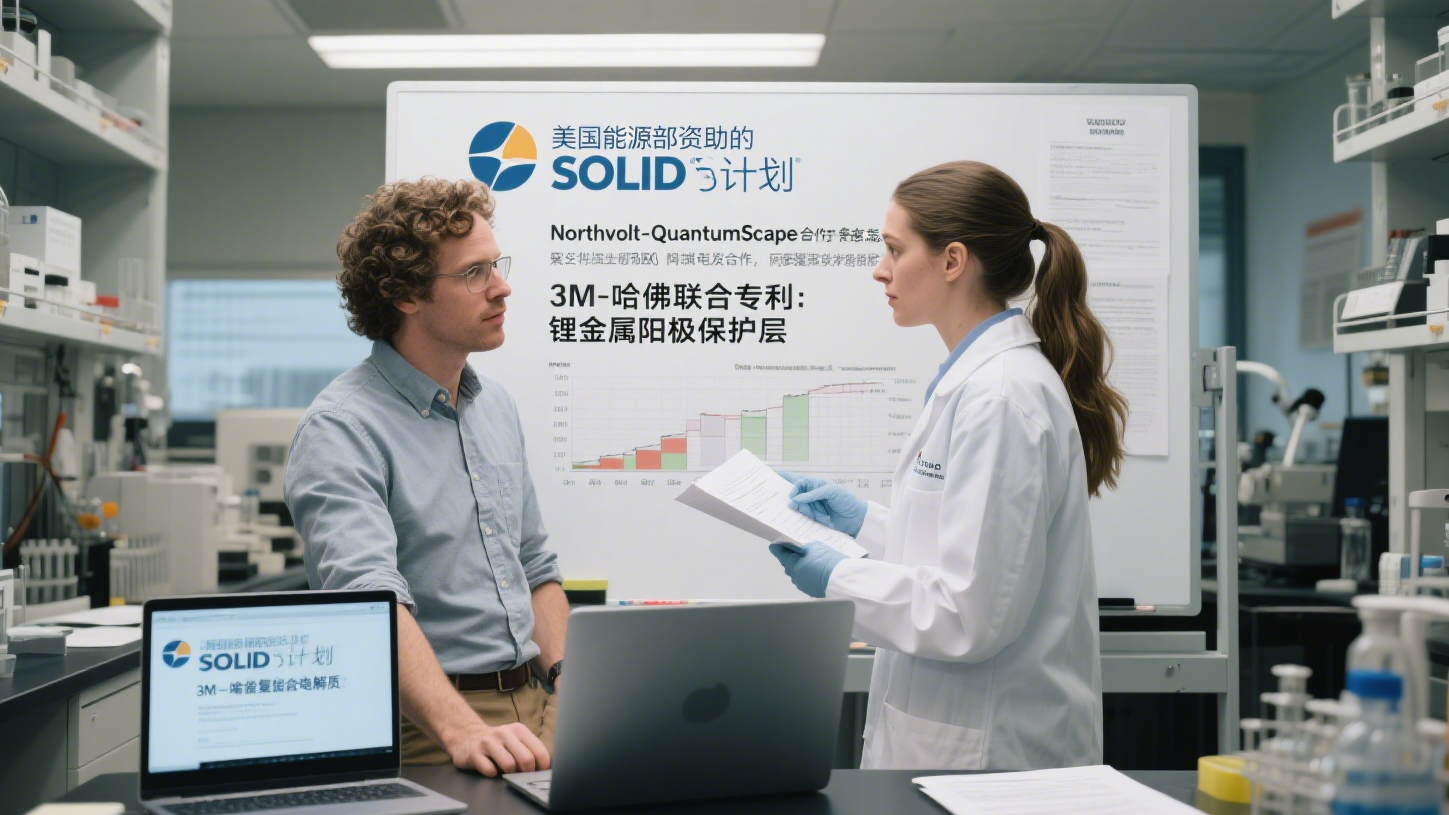
V. The Key to Victory: The “Three Pole Rule” from Lab to Truck
1. Technology Pole: Interface engineering determines life and death.
Pfizer’s super fluid electrolyte enables the cycle life to exceed 1,000 cycles (capacity retention rate of 90%), which is 70% of the level of traditional solid state batteries.
2. Manufacturing Pole: Equipment Yield Means Cost
Pilot Intelligent Program controls winding alignment precision to ±0.1mm, and reduces defective product rate from 20% to less than 5%.
3. Policy Pole: Standard Setters Rule the Market
China-led ISO safety standard requires zero fire in pin prick/hot box test, forcing Japan and South Korea to adjust their processes.
Conclusion: 2027 – The “Singularity Moment” of Solid State Battery Civilization
When Qingtao Energy’s 406Wh/kg battery is loaded into a SAIC car, and when Ningde Times’ 500Wh/kg cohesive battery lifts up an electric airplane – the competition for solid-state batteries has jumped from the technical parameter table to the mass production assembly line. The essence of this game is:
- Japan gambled on the national fortune to die to defend the sulfide patent fortress;
- China tore open the rift with the oxide route + equipment localization;
- South Korea borrowed the huge wave of capital to promote the charge of enterprise clusters.
Historical revelation: LCD panel war, Japan due to “technological superiority” missed industrialization window; and today, China’s solid state battery is hidden in the “pilot intelligent coating machine precision, Qing Tao’s tons of electrolyte production capacity, Ningde Times dual route parallel redundancy”. 2027 volume production, the first time in the world, the first time in the world. “The 2027 mass production node is approaching, the winner will be announced soon!


